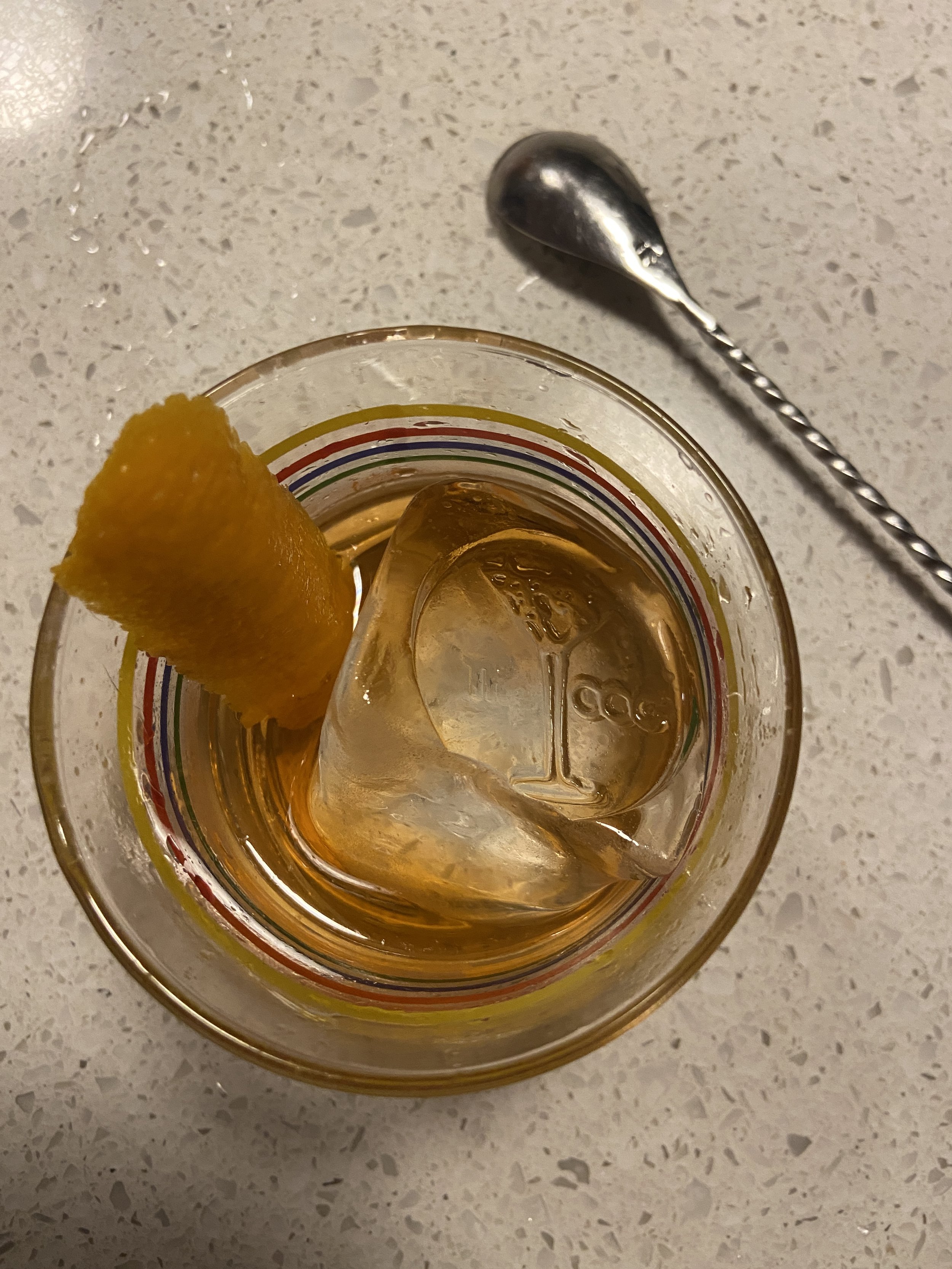Cracking the Shochu Cocktail Code
By Matt Levy
As a self-taught mixologist who’s never worked in a bar as a regular gig once in my life, I’m responsible for figuring out how to make craft cocktails enjoyable, balanced, delicious, creative and approachable. Which requires hours and hours of reading (because as a full-time Dad and NYC tour guide, I don’t have the time or attention span to watch How-Tubes,) even more hours of practicing in my living room, and reaching out to new friends in the industry when it comes to cracking a cocktail code.
All this also means that it’s an odd, solitary life when I’m learning about new spirits and trying to create new cocktails with them. It’s easy to toss ideas about the basic bases back and forth with other fellow spirit nerds - whiskey, gin, mezcal. But here in NYC, shochu is an odd duck out - there are very few bars that position it on their menus and, except for the exceptional Japanese izakaya Katana Kitten in the West Village, as well as Oldies out in Industry City, the city that had everything has very little IRL places to learn about and experience shochu in cocktails.
Therefore, when JSS asked me to taste and come up with some shochu cocktails on my own in the comfort of my home (bar), I approached the ask with a bit of curiosity and a whole lot of pragmatism - what did these various shochu samples taste like, and how would I fit them into a structured, balanced cocktail that was nice to look at, easy to sip, and leave one wanting more. I decided that the best approach was to try and compare each spirit pour with a comparable base spirit, think about how I would use that spirit, then attempt to reverse-engineer a delicious drink with complementary flavors.
First up was Mizu Shochu, Saga Barley expression. Clocking in at 70 proof, there were notes of roses, a high floral affect, tons and tons of barley on the palate, and the end result was lots of champagne yeast in the mouthfeel. This one felt most like a genever or a high-malt unaged whiskey, so it made sense to make a Fifty-Fifty Martini with it. 1.5 oz each of Mizu shochu and Dolin Dry, with an expressed lemon peel. If I had a yuzu fruit, you know I would’ve expressed that bad boy instead. The vermouth helped tame the chewy barleyness of the shochu and the end result was a clean, lovely, easy sipping martini.
Next on the bar was a Toweri Buckwheat shochu, distilled by Takara Shuza. A relatively low 25% abv, this one was a veritable malt-bomb. Big chocolatey, cacao, toasty flavor and of course, I immediately thought of a shochu Old Fashioned, but with a scant amount of simple and bitters. Slightly less than one barspoon and a single dash of Angostura, built and served on a large rock with an expressed orange peel to cut through all the grains. It made for a lovely, round, abso-lutely delicious Far East OF. It tasted like a boozy adult chocolate milkshake made with buckwheat milk.
The last bottle provided was a small pour of Ikama Sweet Potato shochu distilled by Kamala Juzo, also coming in at a liqueur-strength 25% abv. This shochu reminded me of soft vanilla tequila, no joke. My tasting partner detected red bell pepper and I immediately thought of the Siesta cocktail, invented by Katie Stipe at the dearly departed Flatiron Lounge. The Siesta has 1.5 oz tequila blanco, .75 oz lime, .5 grapefruit juice, .75 simple syrup, and .25 Campari, shaken and served up. As always, I wanted to highlight the intense sumptuousness of the sweet potato shochu, so my Japanese Siesta comprised 1.5 oz shochu, .5 lime, .5 grapefruit juice, .5 simple and a scant .25 Campari, so as to allow that vegetal vanilla sweetness to shine through the rest of the build. This drink was fantastic, with the shochu starting off each sip and finishing it as it slipped down my gullet.
Whenever you’re thinking about drinking new cocktails with an unfamiliar spirit, follow my lead and try and put the shochu in place of another, more readily consumed spirit in a classic or contemporary, popular cocktail. Then work around the other ingredients so that the new kid on the cocktail block can outshine other, generally more insistent flavors. Once you’ve tackled this task, level up to more complicated cocktails. Cheers!



